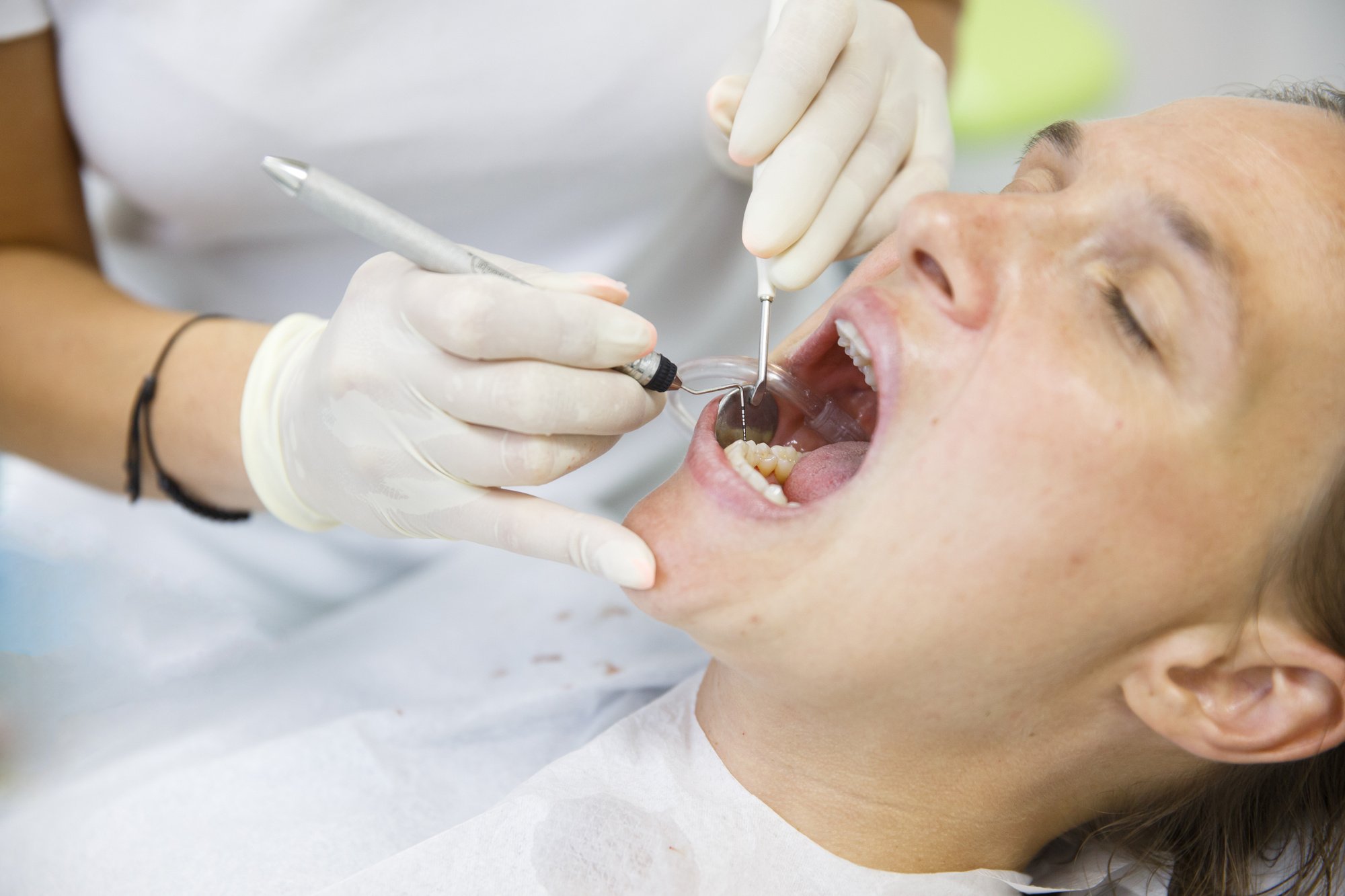If you’re experiencing periodontal disease, you know how scary that can be. No one wants to deal with bleeding gums or teeth loss. The good thing is that you can treat early stages of this disease with periodontal therapy.
Do you want to effectively take care of your periodontal disease? In this article, we’ll explain how you can use periodontal therapy to prevent further damage and restore your beautiful smile.
What is Periodontal Disease?
Periodontal disease is an inflammatory disease that harms the soft and hard gums that support your teeth. It happens when there’s a build-up of dental plaque in your mouth, which triggers your immune system to release substances that cause the inflammation and destruction of your gums. This process leads to bleeding gums, gingivitis, which is the earliest stage of periodontal disease, and the loosening of your teeth.
Roughly 50% of Americans aged 30 and over have periodontal disease. So if you have periodontal disease, there’s no reason to be ashamed. But you should seek periodontal therapy as soon as possible to avoid gum, bone, and tooth loss. It can even lead to serious conditions like stroke and heart condition if left untreated.
Not sure if you have periodontal disease? Here are some symptoms:
- Swollen, red, and tender gums
- bad breath
- loose teeth
- receding gums
If you have any of these symptoms, contact a dentist who can explore periodontal therapy options with you.
What is Periodontal Therapy?
The periodontal therapy uses both surgical and non-surgical techniques to help restore the tissues that support your gums and bone and prevent tooth loss. There are a few techniques a dentist may use to treat your periodontal disease:
Scaling & Root Planning
The dentist will use hand scalers or ultrasonic instruments to remove plaque and tartar build-up beneath your gum tissues. This deep cleaning technique is usually used as the first defense against gum disease.
Gum Grafting
Gum grafting is used when you’ve lost the gum tissue needed to protect your teeth roots. The dentist will take healthy gum tissue from one area of your mouth and move it to where it’s needed. This process is done when the situation has gotten significantly out of hand.
If your gum disease has advanced beyond gingivitis, a dentist will most likely use ultrasonic equipment to remove the tartar so that your gum tissue can become healthy enough to reattach to the cleaned tooth surface. When this happens, the pockets that developed from your infection will decrease, which will prevent the bacteria from reentering.
Gum disease requires a precise maintenance program, so you’ll need to see your dentist every few months for evaluation and possible treatment. But by adhering to this proactive approach, you can guarantee that your teeth and gums will be protected from bacteria and that your mouth will heal.
Final Thoughts on Periodontal Therapy
Periodontal disease is scary, but with the right treatment program, you can manage it! If you’re dealing with periodontal disease or experiencing the symptoms of it, connect with a dentist who can design a dental program that’s unique to your needs!
Are you worried you have periodontal disease? Have questions about treatment options? Let us know in the comments!


